In 2023, residential building construction saw over 10,000 non-fatal injuries—more than any other construction subsector in the U.S. (Source: OSHA Online Center). Even as safety protocols improve, the industry faces persistent risks: struck-by incidents, machinery accidents, and more. These injuries aren’t just numbers—they mean lives disrupted, projects delayed, and huge financial costs. The good news? Most of these incidents are addressable. A comprehensive safety approach now combines boots-on-the-ground vigilance with modern technology, including video AI. Video AI offers a new layer of visibility, spotting hazards, flagging protocol lapses, and supporting rapid intervention before someone gets hurt. In this guide, we’ll break down the top four injuries on residential building construction sites, why they happen, how they impact teams, and—most importantly—how you can mitigate them. We’ll also show where video AI can be a key tool for a safer jobsite.
The Cost of Safety Negligence in Residential Building Construction
The human cost of jobsite injuries is always the greatest concern—but the financial penalties are also severe. OSHA penalties can result in substantial fines, which exacerbate project delays, insurance hikes, and reputational damage. Proactive safety systems—including video AI—can help teams identify hazards that could lead to violations or incidents.
The Top 4 Mitigatable Injuries in Residential Building Construction
What are the most common—and mitigatable—injuries on residential construction jobsites? Here’s what the data shows and how video AI can help.
1. Struck-by Object or Equipment
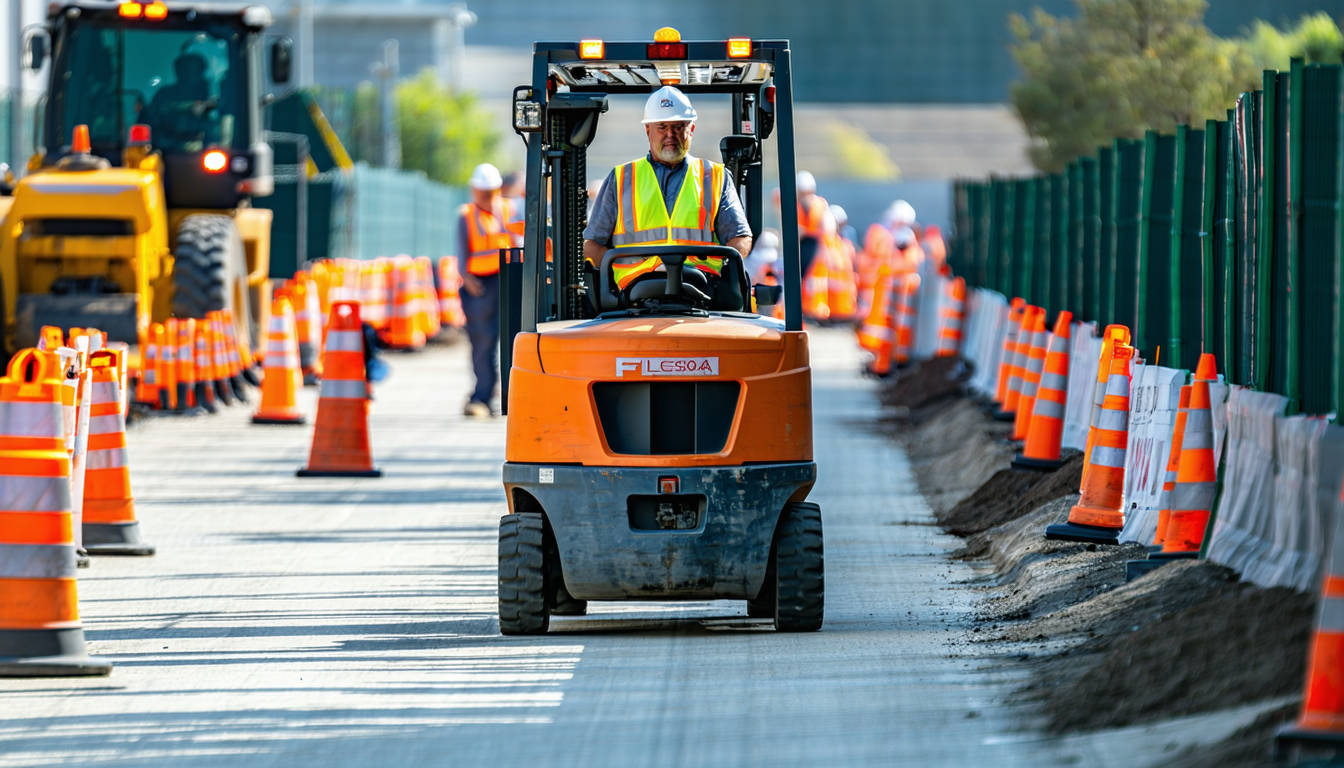
Scenario:
A carpenter walks through a busy work zone. An unsecured load of lumber tumbles from a forklift and strikes his leg, causing a severe fracture.
Root Causes & Impact:
Struck-by incidents make up about 15–20% of major injuries and 20% of fatalities (Source: OSHA & Costello HSE). Common root causes include unsecured materials, poor traffic management, lack of spotters, and workers not wearing high-visibility PPE , which accounts for 37% of incidents (Source: Western Justice Law). Injuries range from bruises to amputations and deaths, with equipment like forklifts, loaders, and moving vehicles as repeat offenders.
How video intelligence mitigates risk:
Video AI can track moving equipment, observe pedestrian zones, and detect when workers are in the path of vehicles or loads. Real-time alerts can help reduce the risk of collisions by notifying operators and supervisors of dangerous situations. Reviewing footage also helps teams redesign traffic flow and reinforce PPE compliance.
2. Caught-in/Between (Machinery, Trenching, Pinch Points)
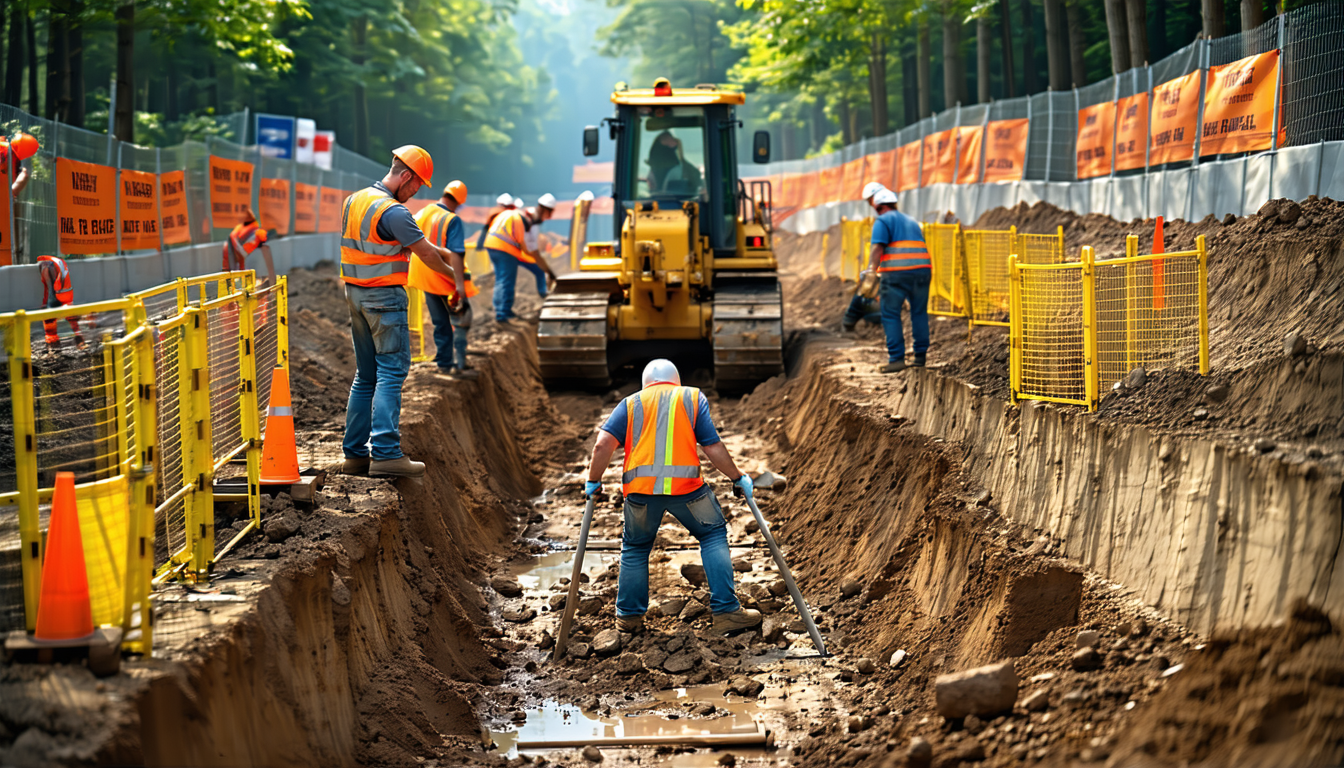
Scenario:
A laborer attempts to clear debris from an active trench. Suddenly, the wall collapses, pinning him beneath heavy soil.
Root Causes & Impact:
Caught-in/between injuries represent 9–10% of major incidents and 5.4% of fatalities (Source: OSHA & Costello HSE). They happen when workers get pinned by machinery, trapped in trenches, or caught in pinch points between materials. Causes include missing machine guards, unprotected trenches, and rushed work in confined spaces. Impact: crushing injuries, amputations, and fatalities.
How video intelligence addresses this:
Video AI can detect when machinery is operated without guards, identify workers in hazardous zones near moving equipment, and oversee trench safety—alerting teams to unauthorized entry or dangerous conditions. Cameras can also provide evidence to improve pre-task briefings and ensure sloping/shoring in excavations.
3. Contact with Moving Machinery (Saws, Drills, Power Tools)
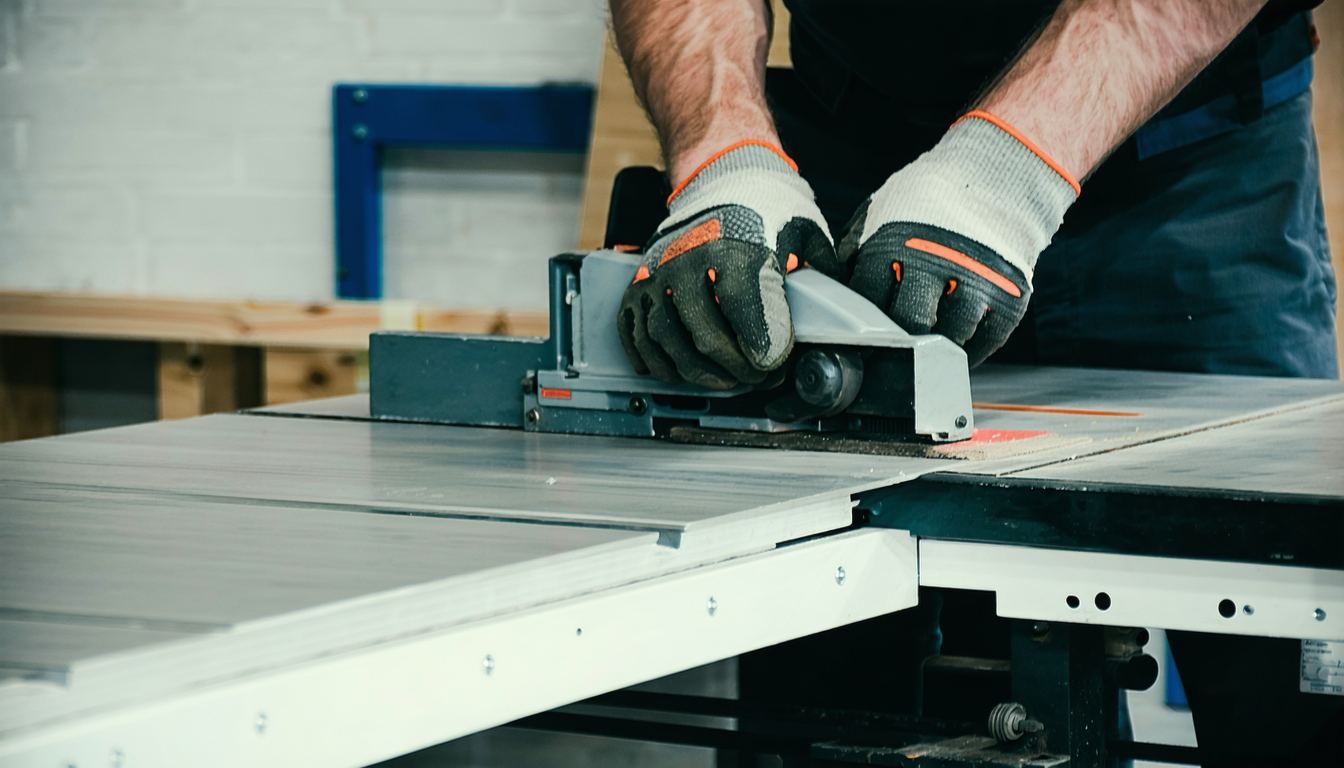
Scenario:
A worker uses a table saw without a guard. His glove gets caught, resulting in a serious hand amputation.
Root Causes & Impact:
Machinery contact causes 9.5% of serious injuries, with table saws alone responsible for 41% of all amputations (Source: OSHA Injury Summary). Missing or defeated guards, inadequate lockout/tagout, and rushed cleaning or maintenance are frequent causes. Injuries include deep cuts, crushed fingers, amputations, and even fatalities.
How video intelligence improves outcomes:
AI cameras observe tool stations and machinery, detecting missing guards, unauthorized access, or improper use. They can trigger alerts when workers bypass lockout/tagout or operate saws without safety shields. Video records also aid post-incident reviews and reinforce compliance in safety training.
4. Overexertion, Heat Stress, and Environmental Exposure
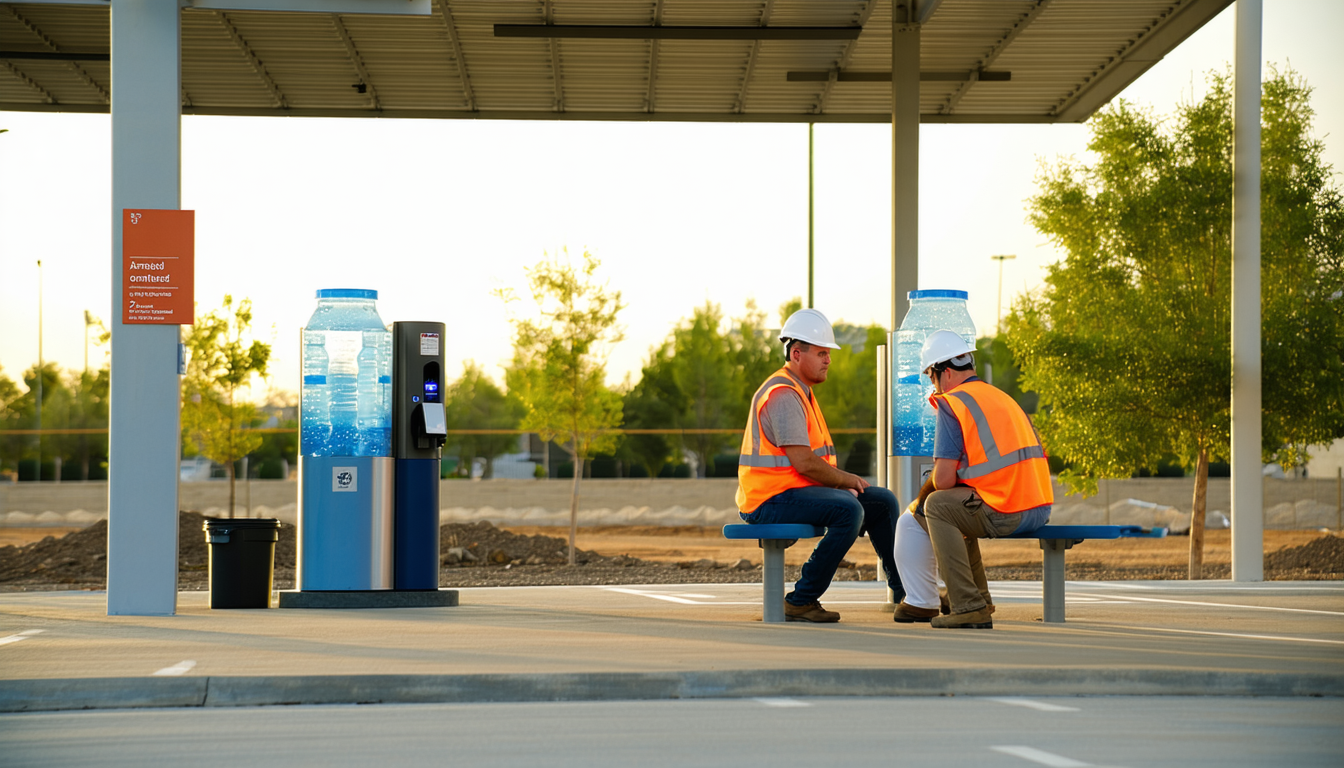
Scenario:
On a hot summer day, a framing crew pushes through the afternoon without breaks. One worker collapses from heat stroke.
Root Causes & Impact:
Overexertion and environmental injuries—heat stress, dehydration, repetitive strain—make up at least 6% of all incidents (Source: OSHA Injury Summary). Causes include manual lifting, lack of hydration, and pressure to meet schedules. More than half of workers ignore safe lifting techniques, and 4.9% of all cases involve heat-related illness (Source: OSHA Online Center). These injuries cost time, reduce morale, and can lead to hospitalization or even death.
How video intelligence makes a difference:
Video AI can spot unsafe manual handling and track compliance with rest and hydration schedules. Cameras can also track environmental conditions—like sun exposure on rooftops—and alert teams to excessive heat risks.
Obstacles and Impact of Injuries
How do these injuries disrupt daily operations, and what can technology do about it? Here’s a practical breakdown:
Injury Type | Pain Points | Impact | Role of Data & Technology |
|---|---|---|---|
Struck-by Object | Busy zones, poor traffic control, low visibility | Fractures, deaths, insurance claims | Vehicle/pedestrian detection, hazard zone monitoring |
Caught-in/Between | Machine guards bypassed, unprotected trenches | Amputations, crushing, fatalities | Detection of missing guards, trench access monitoring |
Machinery Contact | Tool misuse, guard removal, rushed lockout/tagout | Amputations, deep cuts, lost time | AI alerts for unsafe tool use, compliance documentation |
Overexertion/Heat | No rest breaks, hazardous weather, repetitive strain | Heat stroke, strains, lost productivity | Monitoring rest schedules and activity in high-risk heat zones |
Modern technology, especially video AI, amplifies human vigilance. By surfacing risks in real time and providing clear data, it empowers safety leaders to act fast and address issues before they escalate.
How Technology Strengthens Injury Mitigation
Let’s explore how video AI addresses real-world hurdles for each top injury.
Struck-by Object or Equipment
The safety roadblock:
Forklift paths and worker walkways overlap. Material drops and vehicle blind spots go unspotted.
Tech solution: Video AI tracks site traffic, flagging dangerous proximity between people and equipment. Spot AI’s platform can draw virtual boundaries and send real-time warnings if a worker enters a restricted area or a forklift breaches a pedestrian-only zone.
Caught-in/Between
The safety issue:
Unguarded machinery, unprotected trenches, and workers entering confined or hazardous areas.
Tech solution: Cameras monitor trench worksites for unauthorized entry and verify shoring/sloping before entry. AI detects missing guards on machines and can alert when workers are too close to pinch points—helping reduce the risk of crushing and amputation incidents.
Contact with Moving Machinery
The safety pain point:
Workers remove machine guards for speed, or skip lockout/tagout during maintenance.
Tech solution: AI systems observe tool stations, recognizing when guards are missing or equipment is powered up during cleaning. Video records make it easy to spot repeated unsafe behaviors and drive accountability in safety programs.
Overexertion, Heat, and Environmental Exposure
The safety obstacle:
Crews push through high-heat days without enough rest or hydration; manual lifting is rushed.
Tech solution: AI cameras observe break areas and hydration stations, verifying that rest schedules are followed. Environmental sensors integrated with video identify heat risk zones, while video review of manual handling can prompt ergonomic interventions.
Practical Implementation of Safety Technology
Bringing video AI to a residential construction site strengthens existing safety protocols rather than replacing them. Here’s how to do it right:
Integrate with what you have: Modern systems like Spot AI work with most existing camera setups, making upgrades straightforward.
Align with your safety plan: Use video analytics to support—and document—your current safety protocols: fall protection, traffic management, PPE use, and emergency drills.
Focus on the biggest risks: Place cameras where hazards are highest: roof edges, material laydown areas, tool stations, vehicle paths, and break zones.
Set up alerts: Configure real-time alerts for violations (like entry to hazardous zones) and schedule regular reviews of flagged incidents for continuous improvement.
Train your team: Show workers how the tech helps them get home safe—not just watch over them. Involve them in reviewing video to coach on best practices.
Ensure compliance: Use video-backed documentation for incident investigations and OSHA reporting. This provides clarity, accountability, and faster resolution.
When evaluating solutions, look for ease of deployment, real-time alerting, and the ability to adapt to your unique jobsite needs—without adding complexity to your day.
Build a Safer Residential Construction Site
Every injury reduced means safer teams and projects that stay on track. The most effective safety programs combine proven protocols with advanced technology. Interested in seeing how video AI can help your residential construction site? Request a demo to experience Spot AI in action.
Frequently Asked Questions
What’s the best way to reduce struck-by incidents on busy job sites?
Clear separation of pedestrian and vehicle zones is key. Use high-visibility PPE, certified spotters, and regular site organization. AI cameras support this by tracking equipment movement, alerting teams to dangerous proximity, and helping teams review incidents to identify trends.
How do I integrate AI video with my existing safety program?
Video AI platforms like Spot AI are designed to layer on top of your current camera infrastructure. They provide real-time analytics, incident alerts, and compliance documentation that align with OSHA and internal protocols. It's important to involve your safety team in setup and regularly review insights together.
What are the compliance requirements for safety in residential construction?
OSHA mandates fall protection for work above six feet, machine guarding, regular safety training, and prompt incident reporting. Video AI helps document compliance, provides video-based incident records, and supports faster investigations.
Does video monitoring raise privacy or labor concerns?
It’s essential to communicate the purpose of video monitoring as a safety tool, not a surveillance measure. Focus on high-risk areas, limit access to safety leaders, and maintain transparency with crews. Consult legal and HR advisors to ensure best practices.
How can technology help mitigate heat stress and overexertion?
Video AI, paired with environmental sensors, can monitor activity near rest breaks and hydration stations. Real-time alerts can prompt supervisors to intervene when workers are in designated high-heat areas for extended periods (Source: OSHA Online Center).
What is the best real time video analytics for safety?
The most effective systems provide real-time, actionable alerts to enable rapid intervention. They should integrate with your existing cameras to minimize cost, allow for custom alerts tailored to site-specific risks like no-go zones, and provide clear video evidence for incident investigations, training, and compliance documentation.
What is the best AI safety monitoring for PPE compliance on construction sites?
A strong AI system for PPE monitoring can reliably detect the presence or absence of equipment like hard hats, harnesses, and high-visibility vests. By observing mandatory PPE zones, it can alert supervisors to non-compliance in real time and provide video-backed data to identify trends and support targeted safety coaching.
About the author
Joshua Foster is an IT Systems Engineer at Spot AI, where he focuses on designing and securing scalable enterprise networks, managing cloud-integrated infrastructure, and automating system workflows to enhance operational efficiency. He is passionate about cross-functional collaboration and takes pride in delivering robust technical solutions that empower both the Spot AI team and its customers.















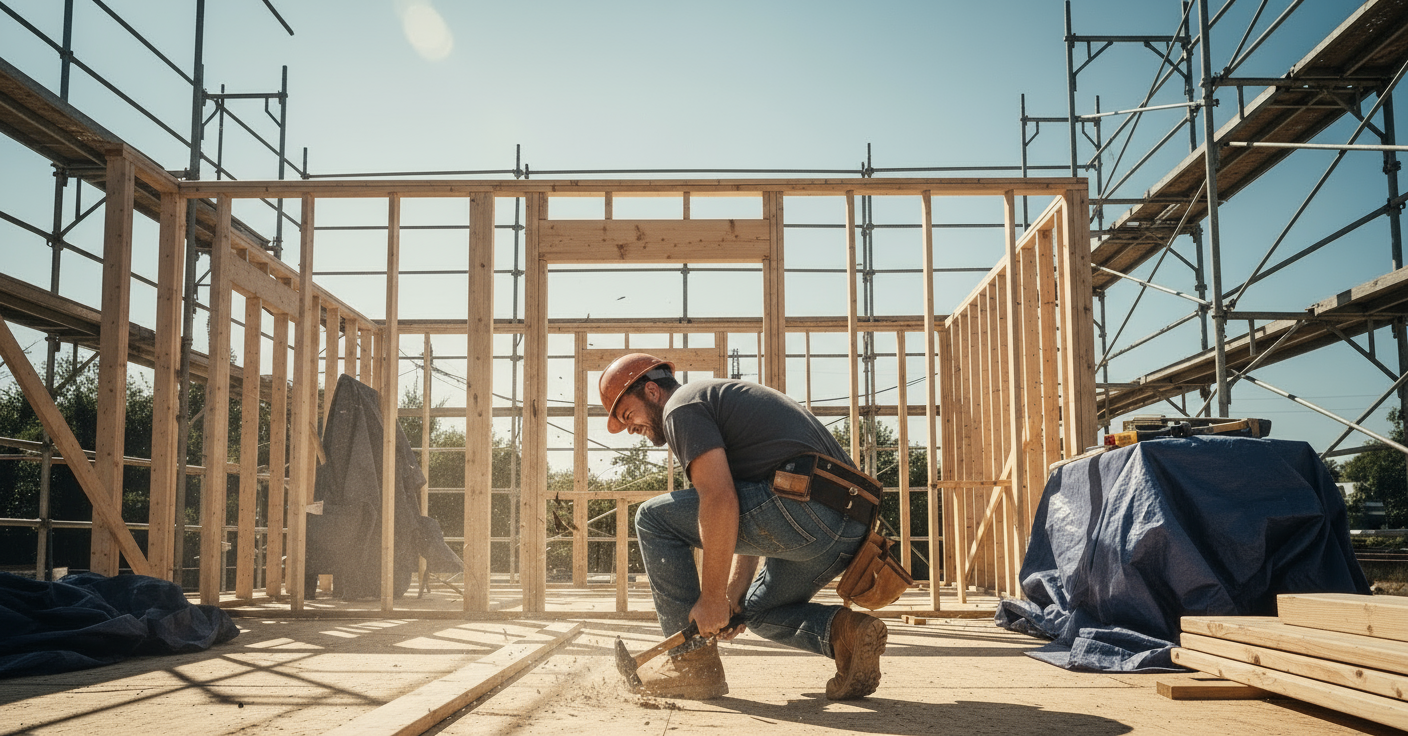









.png)
.png)
.png)